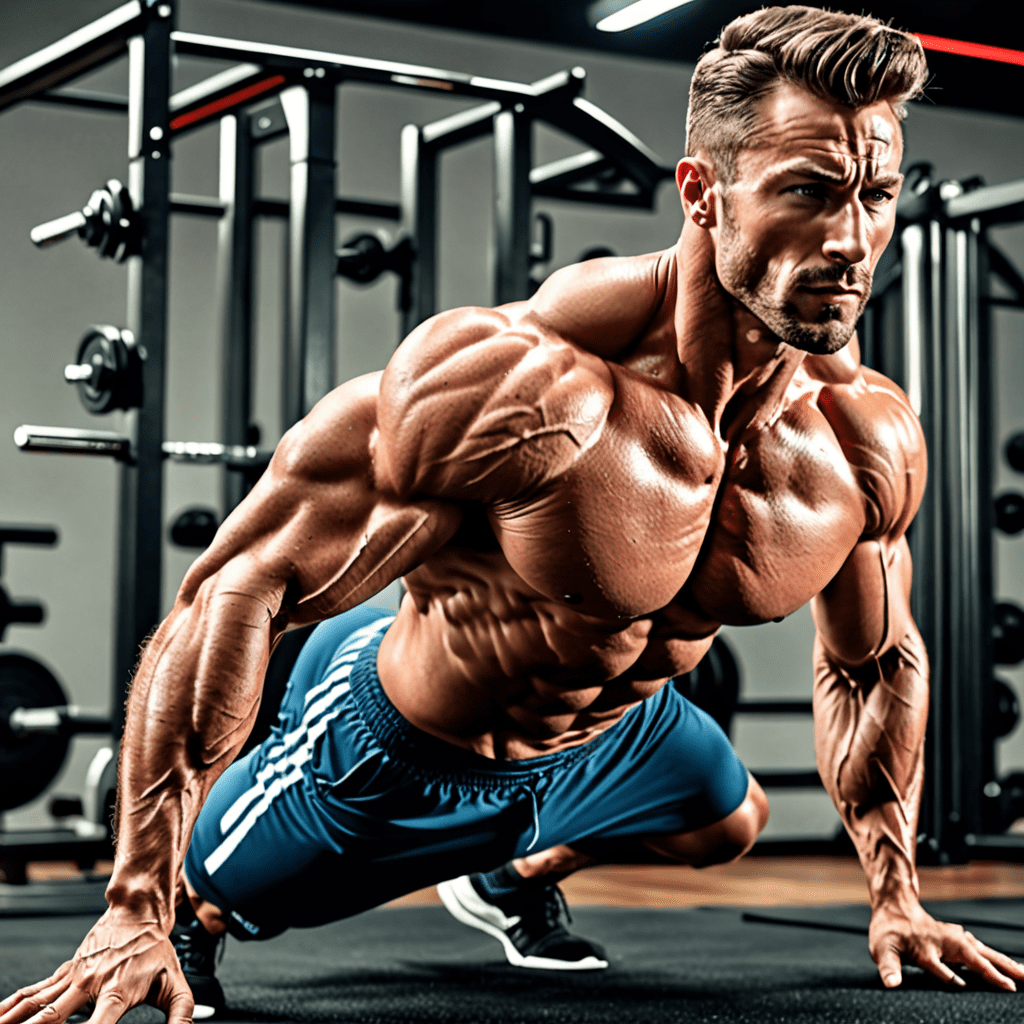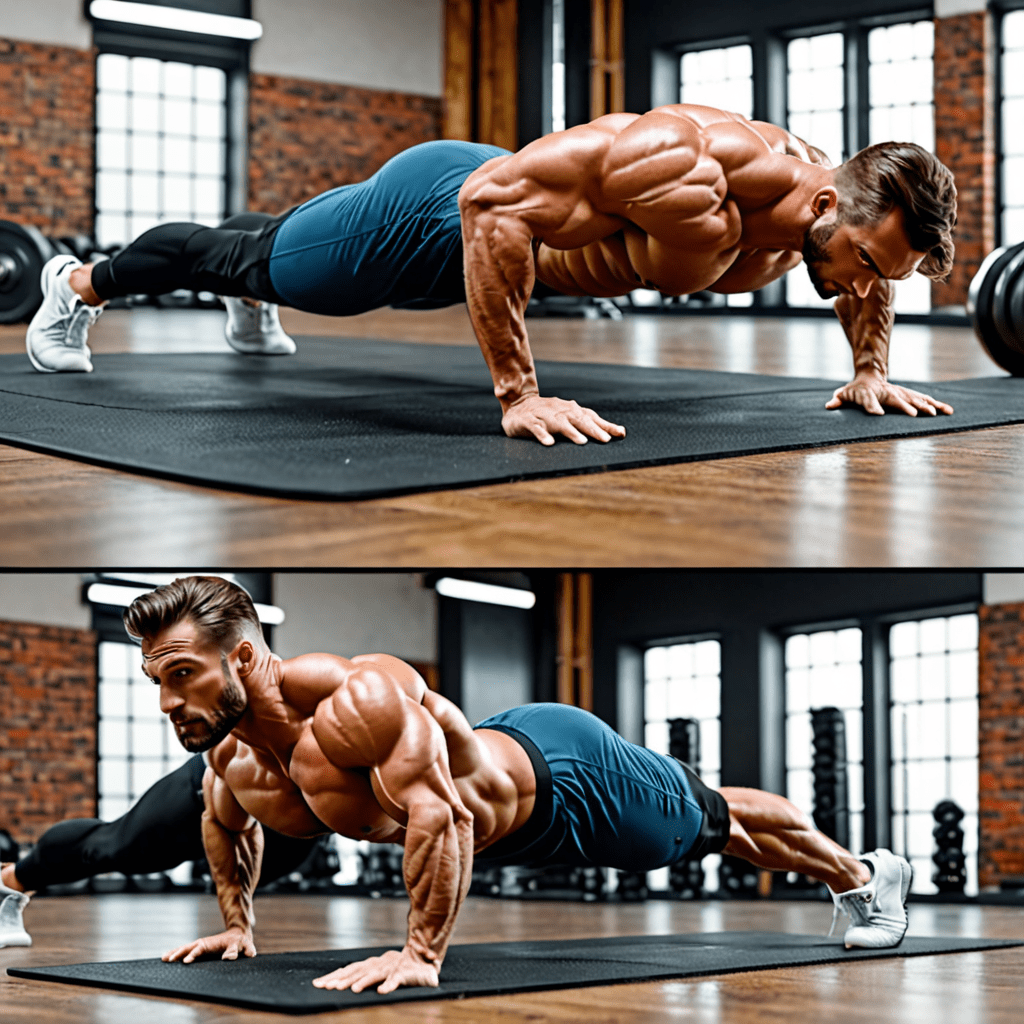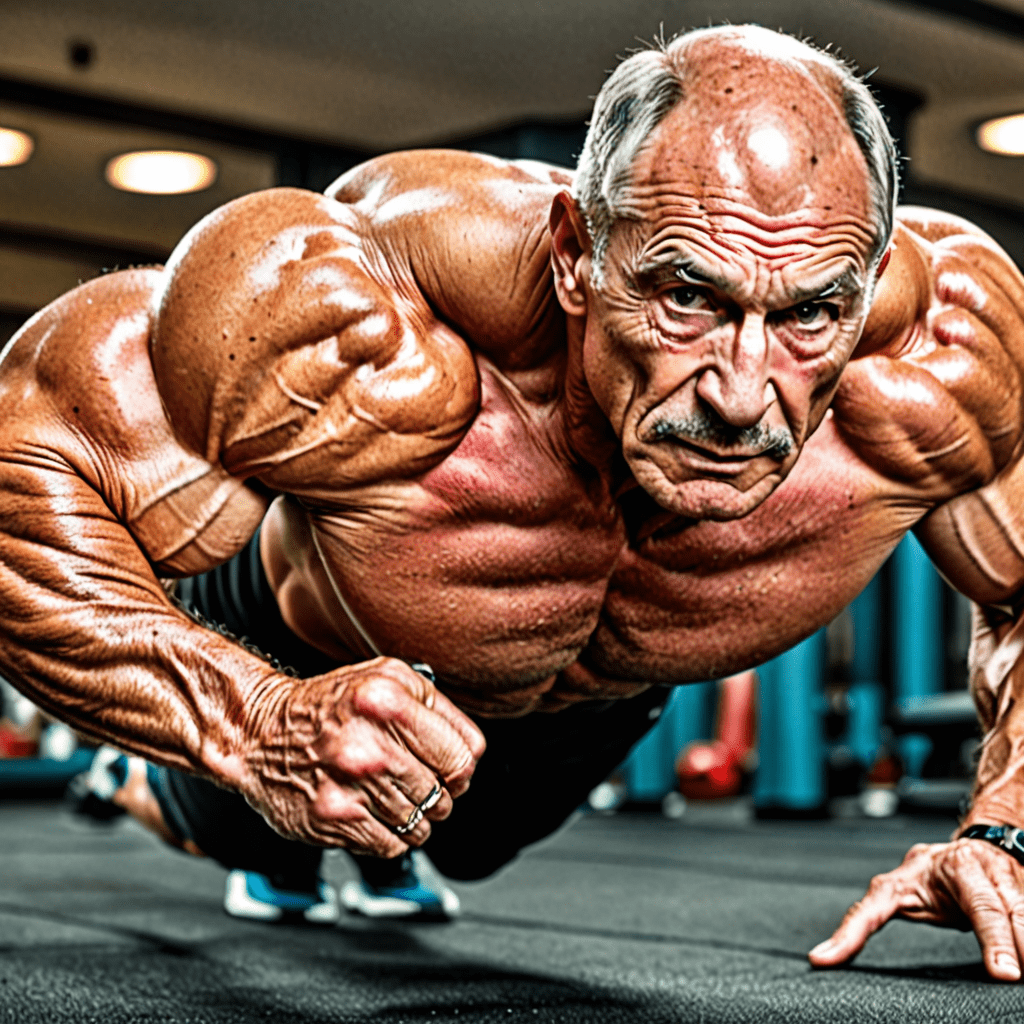
Which Muscles Push-Ups Work: Strengthen Your Upper Body
Push-ups are one of the most effective exercises for strengthening and toning the upper body. This basic bodyweight exercise engages a variety of muscles, making it a fundamental component of any fitness routine. Whether you’re new to exercise or a seasoned athlete, understanding the muscles activated during push-ups can help you make the most of this versatile workout.
The Primary Muscles Activated
When performing a push-up, several major muscle groups are engaged. The primary muscles involved include the pectoralis major (chest), deltoids (shoulders), and triceps (back of the upper arms). These muscles work together to execute the pushing motion, making push-ups an efficient way to target multiple muscle groups simultaneously.
Secondary Muscle Activation
In addition to the primary muscles, push-ups also engage several secondary muscle groups. These include the core muscles, such as the rectus abdominis and obliques, which stabilize the torso during the exercise. The serratus anterior, located along the sides of the chest, is also activated during push-ups, aiding in shoulder movement and stability.
Variations and Muscle Emphasis
Different push-up variations can shift the emphasis onto specific muscle groups. For example, performing wide-grip push-ups places greater emphasis on the chest, while narrow-grip push-ups target the triceps more effectively. Inclined or declined push-ups can also alter the muscle engagement, providing a versatile way to adapt the exercise to individual fitness goals.
Benefits of Targeting Multiple Muscle Groups
By engaging multiple muscle groups, push-ups offer a comprehensive upper body workout. This not only promotes strength and muscular endurance but also contributes to overall stability and functional fitness. The integrated nature of push-ups makes them an efficient choice for those seeking a full-body exercise without the need for equipment.
Effective Push-Up Form for Maximum Muscle Activation
To ensure optimal muscle engagement during push-ups, it’s essential to maintain proper form. This includes keeping the body in a straight line from head to heels, engaging the core, and performing the exercise through a full range of motion. By executing push-ups with correct form, you can maximize the activation of targeted muscle groups and reduce the risk of injury.
FAQ
Q: How many push-ups should I do to see results?
A: The number of push-ups required for noticeable results varies depending on individual fitness levels. Starting with a number that challenges you without compromising form is essential. Gradually increasing the repetitions as your strength improves can lead to visible results over time.

